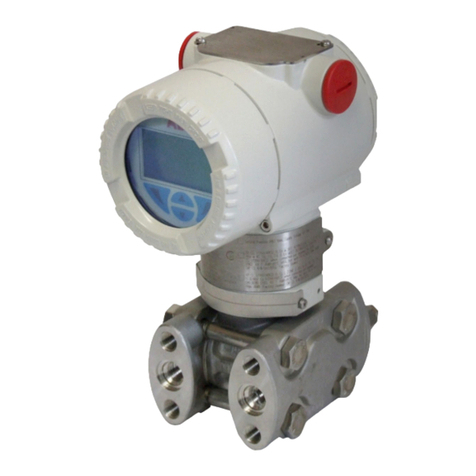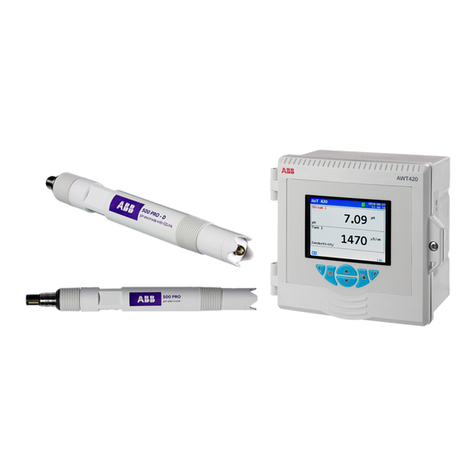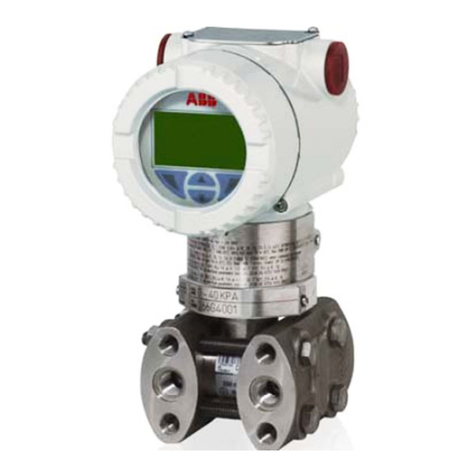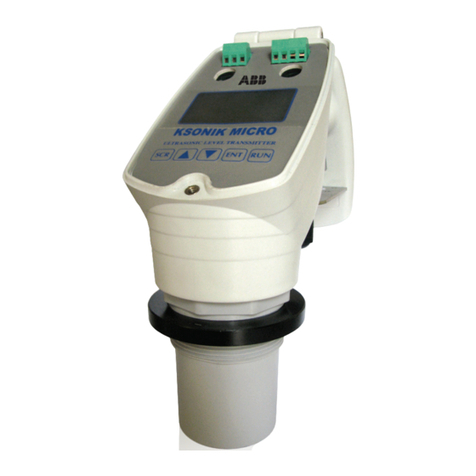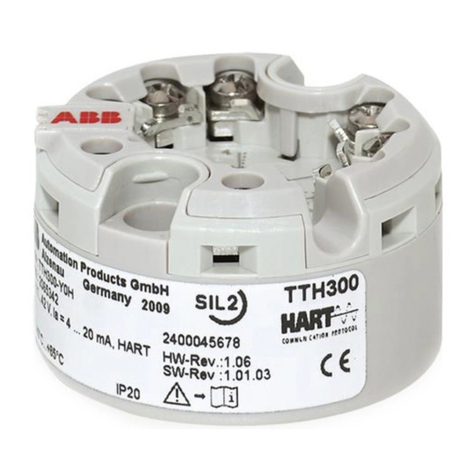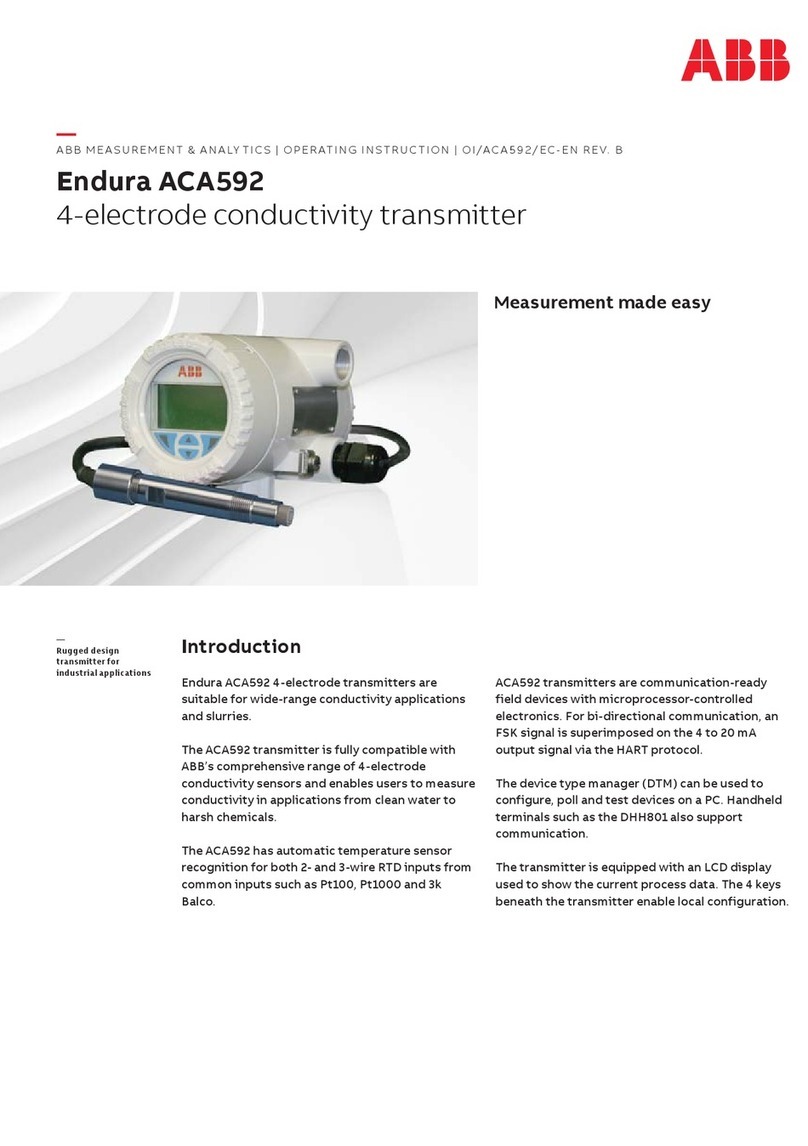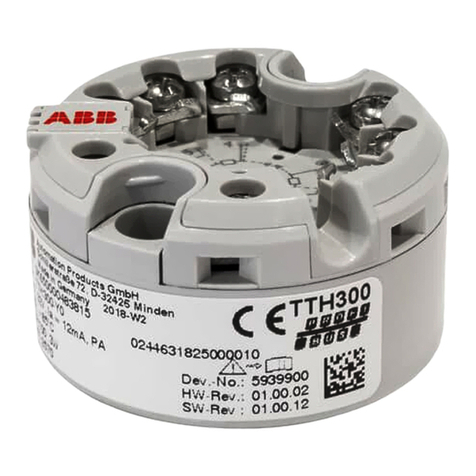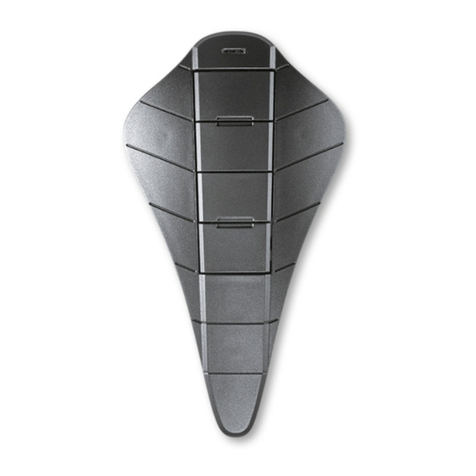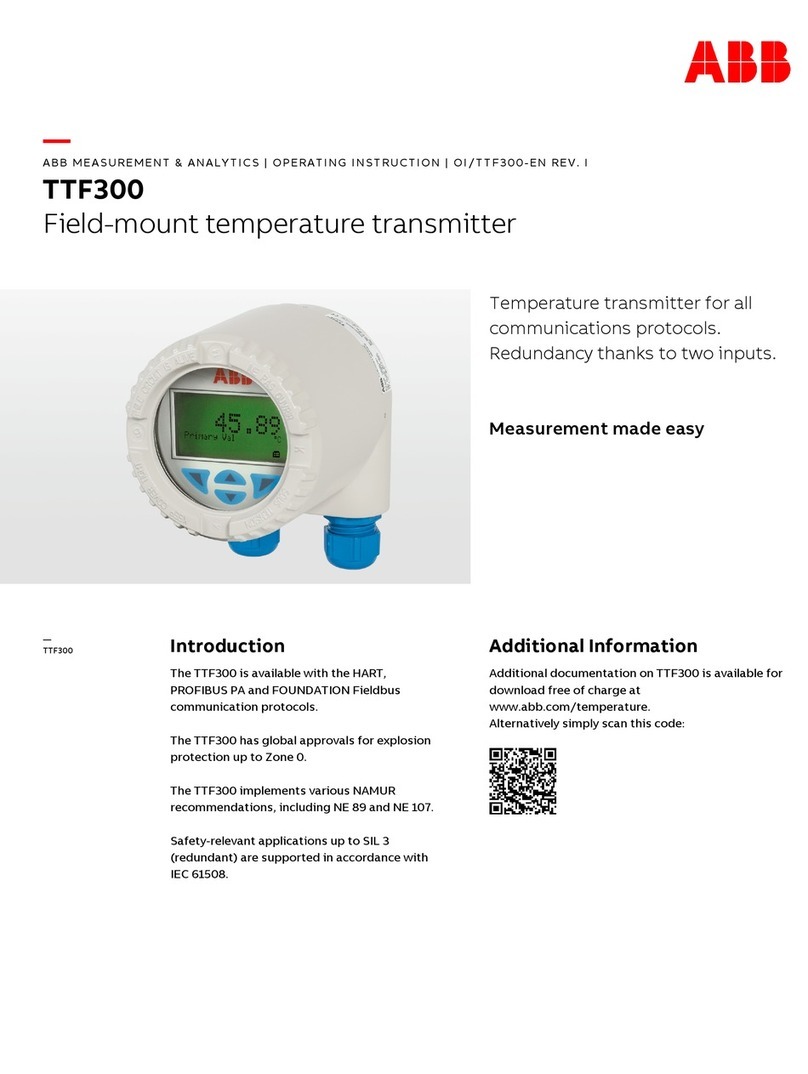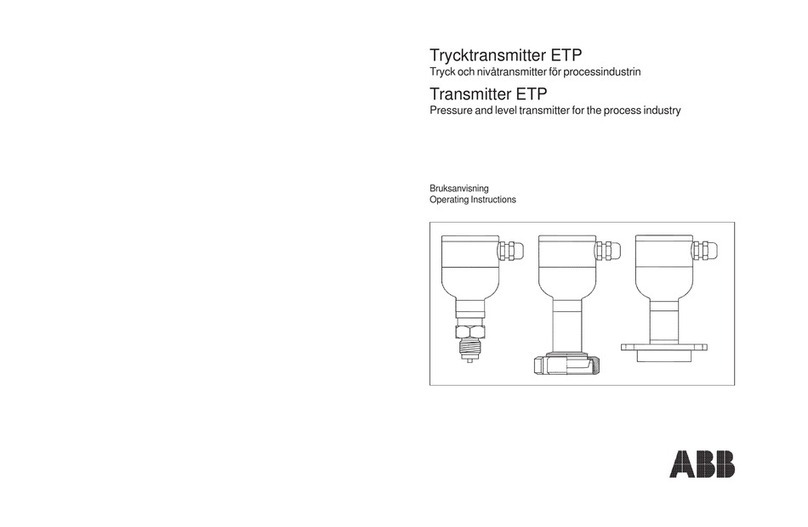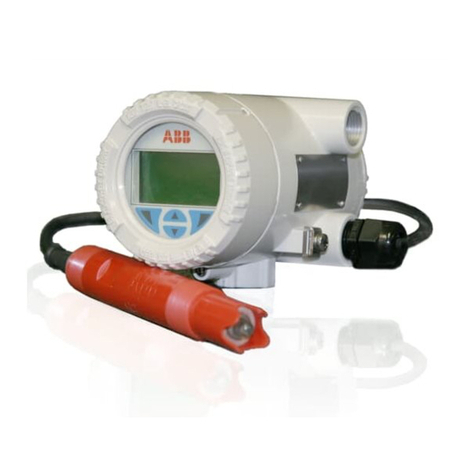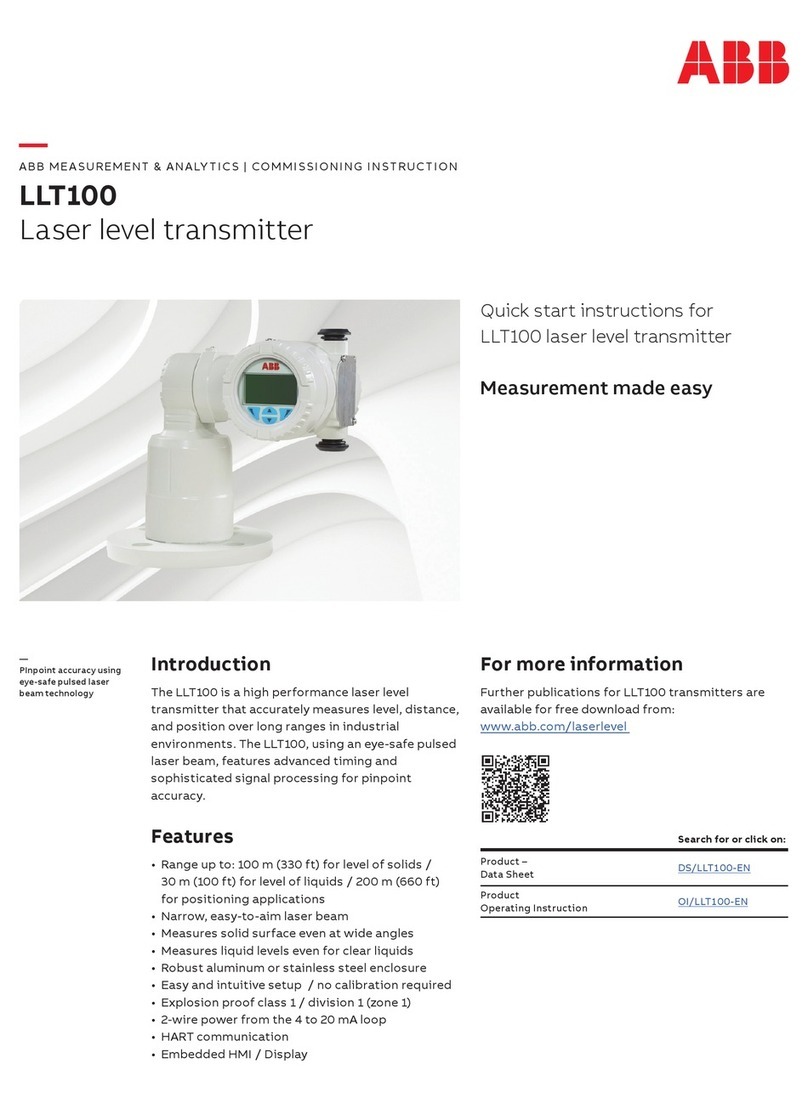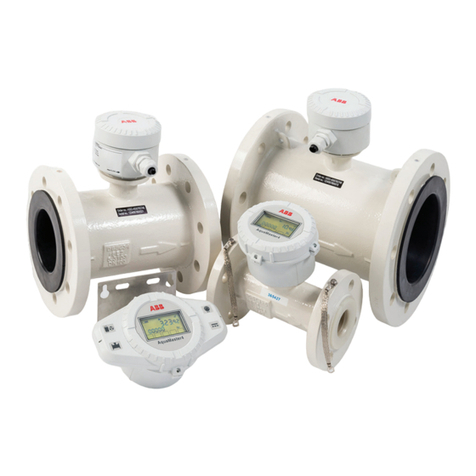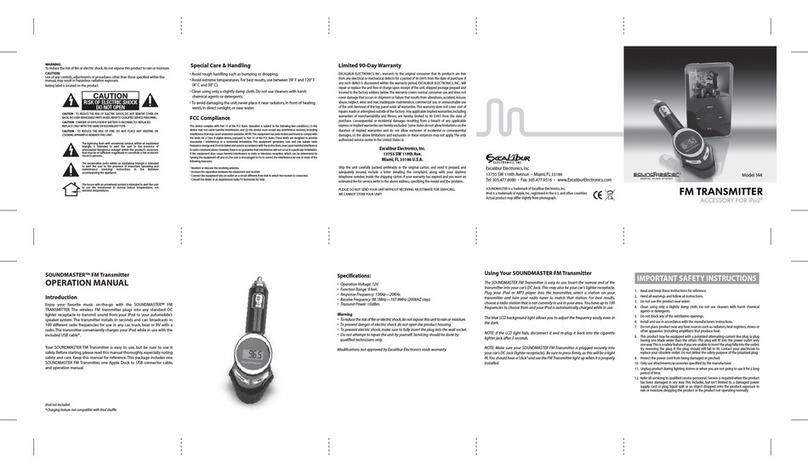
Contents
4 TTF350 OI/TTF350-EN
7Configuration .....................................................................................................................................................33
7.1 Configuration options / Communication .......................................................................................................33
7.2 Configuration via FDT/DTM technology .......................................................................................................34
7.3 Configuration via EDD technology ...............................................................................................................34
7.4 Configuration with the handheld terminal.....................................................................................................34
7.5 Configuration via the LCD display / configuration software with the control buttons ...................................34
7.5.1 Configuration via the control buttons of the LCD display......................................................................35
7.5.2 Menu navigation....................................................................................................................................36
7.5.3 Example of configuration changes........................................................................................................38
7.5.4 Activating software write protection ......................................................................................................40
7.5.5 Deactivating software write protection ..................................................................................................40
7.5.6 LCD display / configuration software menu structure ...........................................................................41
7.6 Hardware write protection via DIP switch.....................................................................................................44
82-sensor input functionality / Dual sensor mode...........................................................................................45
8.1 2-HART measurement signals .....................................................................................................................45
8.2 Redundancy / sensor backup.......................................................................................................................45
8.3 Sensor drift detection ...................................................................................................................................47
8.4 Sensor error compensation (TTF350 DTM Adjust function / in HMI LCD display Calibrate function).........49
8.5 D/A analog output compensation (4 and 20 mA trim) ..................................................................................49
8.6 HART variable assignment...........................................................................................................................50
8.7 Communication / HART tag / Device address..............................................................................................50
8.8 Description of parameters ............................................................................................................................51
8.8.1 Factory settings.....................................................................................................................................58
9Error messages .................................................................................................................................................59
10 Additional TTF350 DTM diagnostic information ............................................................................................62
10.1 Long-term monitoring ...................................................................................................................................62
10.2 Operating hour statistics...............................................................................................................................62
11 Maintenance / Repair.........................................................................................................................................63
11.1 General information......................................................................................................................................63
11.2 Cleaning .......................................................................................................................................................63
12 Explosion-protection relevant information.....................................................................................................64
12.1 TTF350-E1 .. H: (intrinsic safety) .................................................................................................................64
12.2 TTF350 -E2 .. H: (non-incendive).................................................................................................................64
13 Approvals ...........................................................................................................................................................65
13.1 TTF350.........................................................................................................................................................65
14 Technical data....................................................................................................................................................66
14.1 Input..............................................................................................................................................................66
14.1.1 Resistance.............................................................................................................................................66
14.1.2 Thermocouples/Voltages ......................................................................................................................66
14.2 Output...........................................................................................................................................................66
